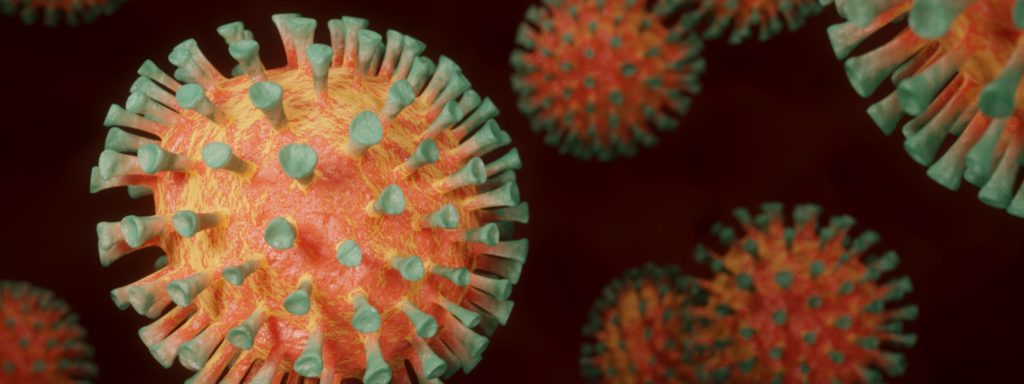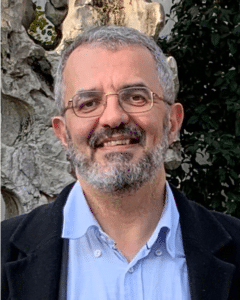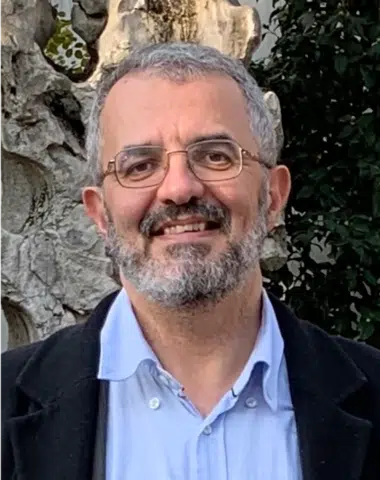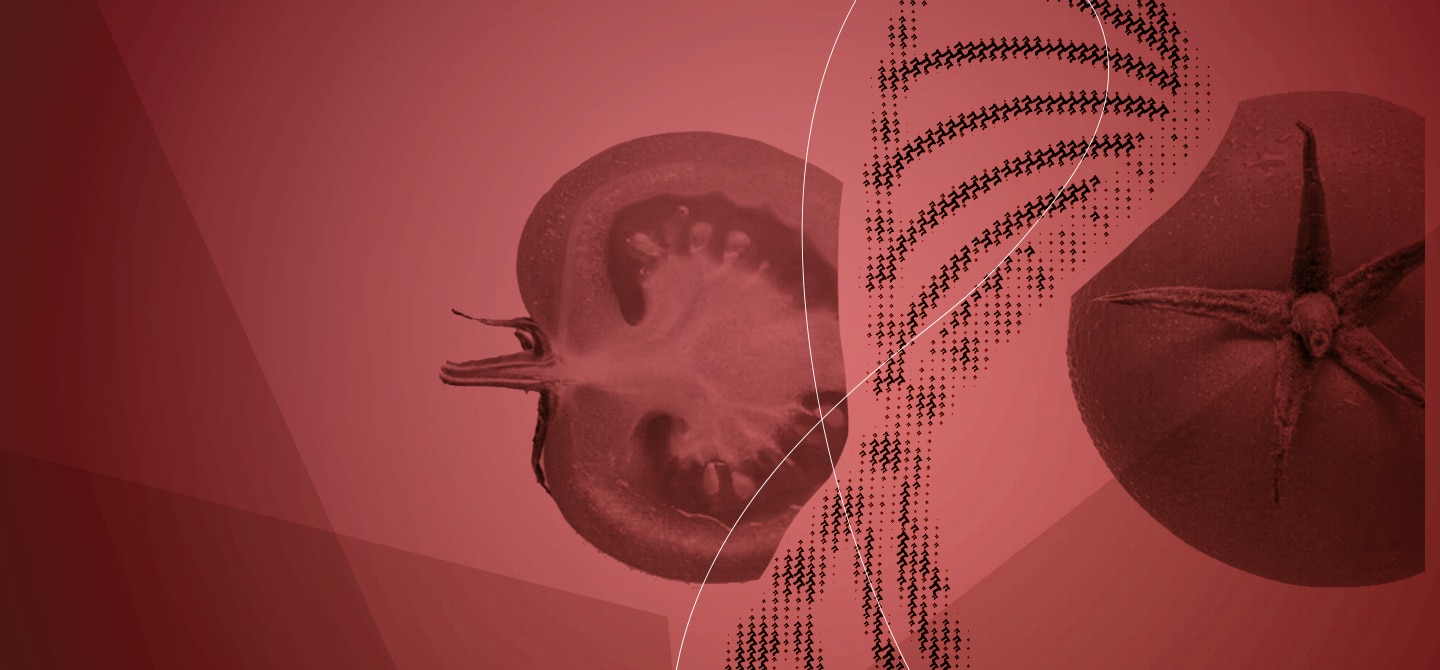When the Covid-19 pandemic first arrived, we immediately found ourselves faced with an infection against which we had no effective medication. Admittedly, there were already basic treatments such as paracetamol or aspirin that could be used to relieve certain symptoms (cough, fever, headaches, etc.) in mild cases but their effectiveness for the more serious forms of infection is extremely limited. Nevertheless, over time numerous avenues for better treatment emerged with more or less promising effects. For severe forms, doctors have also made enormous progress in terms of intensive care protocols and in recognising the patients early on who are likely to have the most serious problems.
Medicines against Covid-19
Drugs that have been developed so far to treat Covid-19 often target the inappropriate inflammation or immune response triggered by infection with the SARS-CoV‑2 virus. This overactivation in the patient is the cause of the more severe forms of Covid-19. Examples include interferon-beta with ongoing clinical trials such as the European project, DISCOVERY. Another effective approach involves monoclonal antibodies such as the ones developed by American biotech Regeneron Pharmaceuticals (REGEN-COV).
Nevertheless, until now there have been very few anti-viral solutions in the ‘anti-Covid’ toolbox that could offer earlier treatment of the disease. Such options could increase our chances of avoiding serious forms of Covid-19 or other long-term effects, which we still know little about.
But targeting a virus is often very difficult, as we have seen in the slow development of effective treatments for HIV or hepatitis. Even the best anti-viral treatment for common flu, Tamiflu, is far from exceptional. While bacteria often respond to at least one of the antibiotics on the market (aside from the growing problem of resistance), the way viruses work makes them particularly difficult to reach. They work by ‘hacking’ into the cells of an infected person, forcing them to produce more virus which subsequently infects other cells in their body. Bacteria have their own cells with their own components such as ribosomes or certain enzymes we can use as therapeutic targets. In contrast, since viruses do not have their own ‘factories’, there are fewer tools or enzymes that can be specifically targeted.

A new lead against SARS-CoV‑2
I have spent my career studying what we call ‘unusual conformations’ of DNA. When we think of DNA, we often think of its double helix. This is true for the most part, but sometimes the double helix can bend outwards into a ‘hairpin’ shape, or some segments even incorporate more than two strands. These quirks are rare on DNA but more common on RNA. Like all coronaviruses, SARS-CoV‑2 has a single-stranded RNA genome. So, in January 2020 when the SARS-CoV‑2 genome was released, I looked to see if my expertise could be useful. However, initial analysis of the virus genome using an algorithm I designed suggested that unusual conformations on the virus RNA was unlikely – so it was difficult for my lab to intervene.
A few months later though, thanks to a highly fruitful collaboration with Marc Lavigne at Institut Pasteur, we realised there was another angle of attack. A protein, called NSP3, produced by a very close and highly infectious coronavirus (SARS-CoV) can bind an unusual conformation called a ‘G‑quadruplex’. From previous observations we knew that the SARS-Cov‑2 genome cannot form a G‑quadruplex, so we knew that the NSP3 protein could not be targeting itself. Instead, we hypothesised that NSP3 interacts with a G‑quadruplex in infected cells – therefore, in the patients!
Blocking the virus, slowing down the infection
Remember that viruses are unable to multiply on their own. To reproduce, they must hack into the cellular machinery of another organism: this is called infection. Thanks to the financial support of Institut Pasteur and ANR-flash Covid, we were able to show that the virus NSP3 protein can bind to the G‑quadruplex of human RNA. We think that this interaction helps the virus ‘hack’ the cellular machinery of the host, preventing the human cell from producing defences.
We then asked ourselves whether it was possible to prevent the reproduction of the virus by blocking this interaction. Naturally, the first approach was to test molecules capable of blocking the G‑quadruplex ligands. After two decades of research, we already had a large collection of such molecules available and so we designed screening assays to test their efficiency to inhibit viral replication. Among the positive candidates, we identified a group of small molecules which can block this interaction between the NSP3 protein and a G‑quadruplex. The compounds synthesised in Bordeaux by Prof. Jean Guillon were even more potent. As such, a clinical lead opened up for us in the form of a molecule that has promising effects on cultured human cells.
This is the first time that such a quadruplex-mediated effect has been demonstrated to prevent the replication of SARS-CoV‑2. The preparation of these compounds and their use for antiviral purposes have therefore been patented. However, the development of a drug candidate is a long process and we have just started the preclinical phase in rodents to first evaluate their distribution and possible toxicity in vivo and then to analyse their effects. This family of molecules has never received FDA-approval, so they must pass a large number of regulatory stages before they can be tested in humans.
Further steps will probably be delicate since G4-ligands can interact with multiple DNA and RNA fragments. It is therefore essential to check that they do not induce genotoxicity at both cellular and whole organism levels. Even if all goes well, this process will take years. But there is a great need for new antivirals. For Covid, most of the drugs tested initially were already approved or under evaluation for other diseases. This repositioning of the drugs has saved us a lot of time in the search for a treatment… unfortunately, clinical trials have often disappointed. So, the challenge is worthwhile, and we definitely need to explore multiple ways to tackle the current (and next!) pandemic.
Pour en savoir plus
M. Lavigne et al. Nucleic Acids Research, Volume 49, Issue 13, 21 July 2021, Pages 7695–7712,









